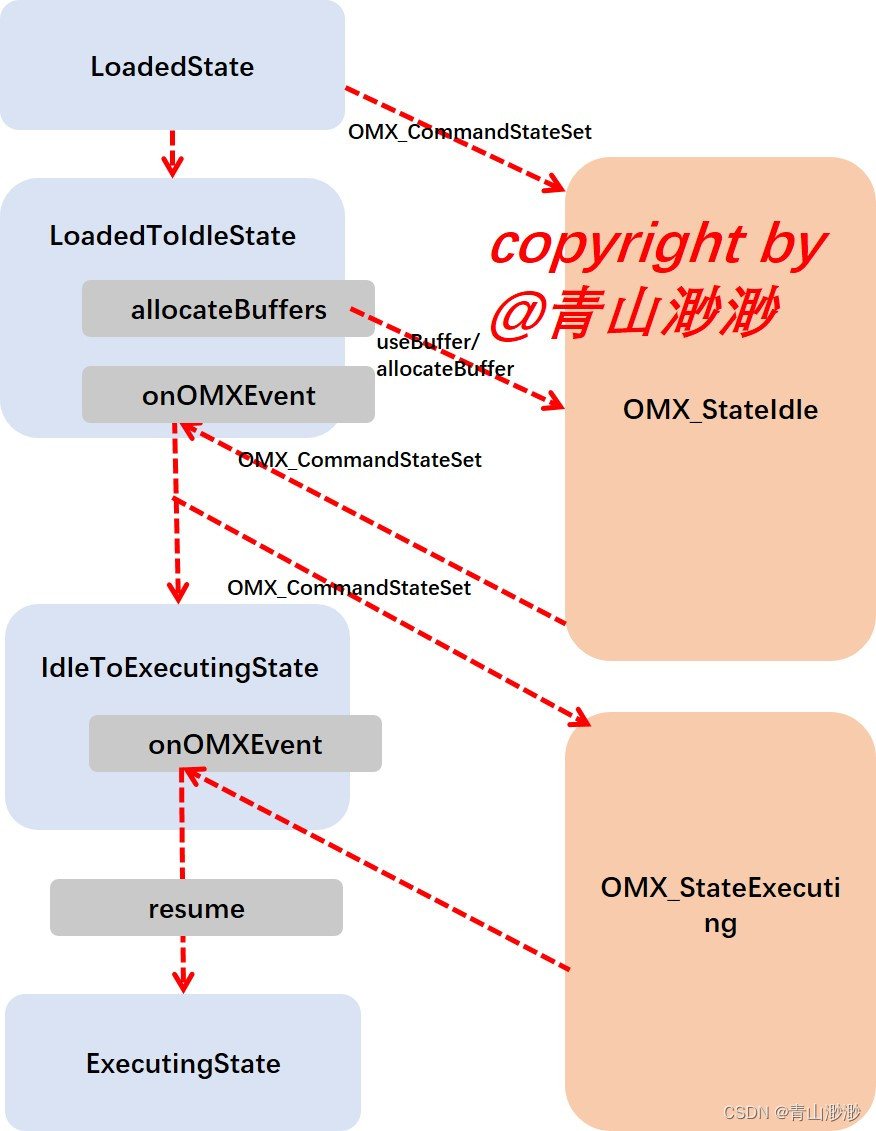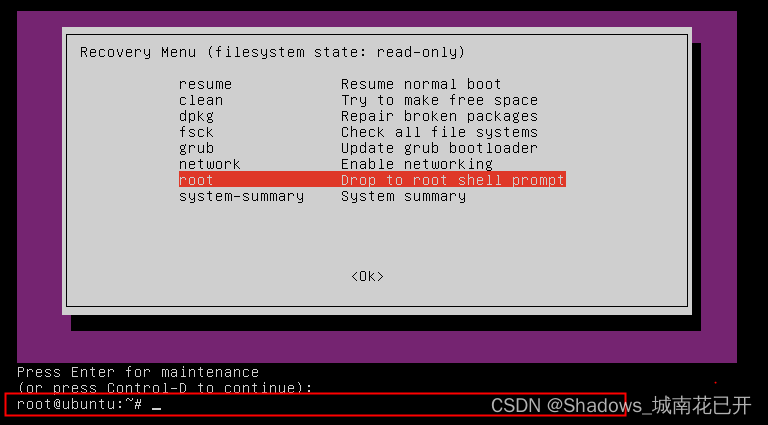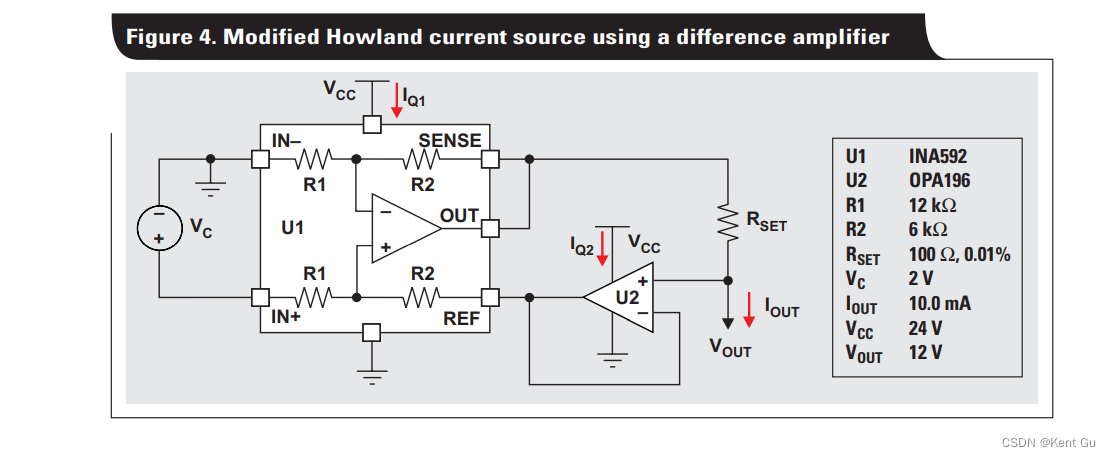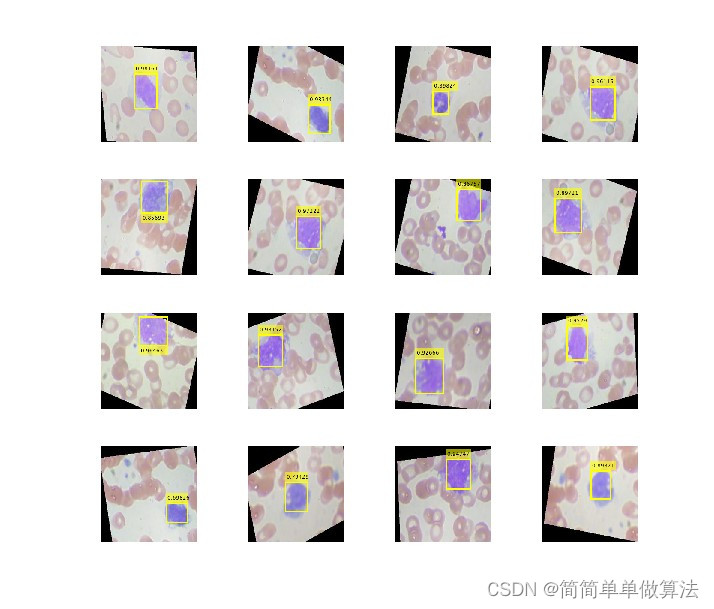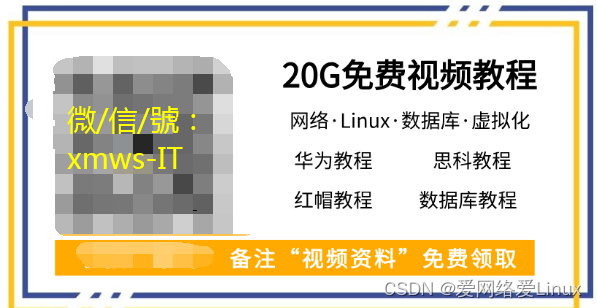文章目录
- 使用文本向量化Embeding进行分类
- 使用文本向量进行零样本Zero Shot分类
使用文本向量化Embeding进行分类
有许多方法可以对文本进行分类。本笔记本分享了使用嵌入进行文本分类的示例。对于许多文本分类任务,我们已经看到微调模型比嵌入效果更好。请参见微调分类.ipynb中分类的微调模型示例。我们还建议拥有比嵌入维度更多的示例,但我们在这里并没有完全实现。
在这个文本分类任务中,我们基于评论文本的嵌入预测食品评论的评分(1到5)。我们将数据集分为训练集和测试集,以便在未见数据上实际评估性能。数据集是在从数据集获取嵌入笔记本中创建的。
# 导入必要的库
import pandas as pd
import numpy as np
from ast import literal_eval
from sklearn.ensemble import RandomForestClassifier # 随机森林分类器
from sklearn.model_selection import train_test_split # 数据集划分函数
from sklearn.metrics import classification_report, accuracy_score # 分类报告和准确率评估
# 加载数据
datafile_path = "data/fine_food_reviews_with_embeddings_1k.csv" # 数据文件路径
df = pd.read_csv(datafile_path) # 读取csv文件
df["embedding"] = df.embedding.apply(literal_eval).apply(np.array) # 将嵌入向量从字符串转换为数组
# 将数据集划分为训练集和测试集
X_train, X_test, y_train, y_test = train_test_split(
list(df.embedding.values), df.Score, test_size=0.2, random_state=42
)
# 训练随机森林分类器
clf = RandomForestClassifier(n_estimators=100) # 创建随机森林分类器对象
clf.fit(X_train, y_train) # 在训练集上拟合分类器
preds = clf.predict(X_test) # 在测试集上进行预测
probas = clf.predict_proba(X_test) # 预测每个类别的概率
# 生成分类报告并输出准确率评估
report = classification_report(y_test, preds) # 生成分类报告
print(report) # 输出分类报告
precision recall f1-score support
1 0.89 0.40 0.55 20
2 1.00 0.38 0.55 8
3 1.00 0.18 0.31 11
4 1.00 0.26 0.41 27
5 0.75 1.00 0.86 134
accuracy 0.77 200
macro avg 0.93 0.44 0.53 200
weighted avg 0.82 0.77 0.72 200
我们可以看到模型已经学会了很好地区分不同的类别。五星级评论总体上表现最好,这并不太令人惊讶,因为它们在数据集中最为常见。
# 从utils.embeddings_utils模块中导入plot_multiclass_precision_recall函数
from utils.embeddings_utils import plot_multiclass_precision_recall
# 调用plot_multiclass_precision_recall函数,传入probas、y_test、[1, 2, 3, 4, 5]和clf四个参数
# probas:预测结果的概率值
# y_test:测试集的真实标签
# [1, 2, 3, 4, 5]:标签的取值范围
# clf:分类器
plot_multiclass_precision_recall(probas, y_test, [1, 2, 3, 4, 5], clf)
RandomForestClassifier() - Average precision score over all classes: 0.87

毫不意外,5星和1星的评论似乎更容易预测。也许有更多的数据,2-4星之间的细微差别可以更好地预测,但人们如何使用中间分数也可能更加主观。
使用文本向量进行零样本Zero Shot分类
在这个笔记本中,我们将使用嵌入和零标签数据来对评论的情感进行分类!数据集是在从数据集中获取嵌入笔记本中创建的。
我们将定义正面情感为4星和5星的评论,负面情感为1星和2星的评论。3星的评论被认为是中性的,我们不会在这个例子中使用它们。
我们将通过嵌入每个类别的描述,然后将新样本与这些类别的嵌入进行比较来进行零样本分类。
# 导入所需的库
import pandas as pd
import numpy as np
from ast import literal_eval
from sklearn.metrics import classification_report
# 设置参数,指定使用的文本嵌入模型
EMBEDDING_MODEL = "text-embedding-ada-002"
# 加载数据文件
datafile_path = "data/fine_food_reviews_with_embeddings_1k.csv"
df = pd.read_csv(datafile_path)
# 将embedding列中的字符串转换为numpy数组
df["embedding"] = df.embedding.apply(literal_eval).apply(np.array)
# 将5星评分转换为二元情感标签
df = df[df.Score != 3] # 去除评分为3的数据
df["sentiment"] = df.Score.replace({1: "negative", 2: "negative", 4: "positive", 5: "positive"}) # 将1和2评分标记为negative,将4和5评分标记为positive
为了进行零样本分类,我们希望在没有任何训练的情况下为样本预测标签。为此,我们可以简单地嵌入每个标签的简短描述,例如正面和负面,然后比较样本和标签描述之间的余弦距离。
与样本输入最相似的标签是预测标签。我们还可以定义一个预测分数,即到正面和负面标签的余弦距离之间的差异。可以使用此分数绘制精确度-召回率曲线,通过选择不同的阈值选择不同的精确度和召回率之间的权衡。
# 导入所需的函数和类
from utils.embeddings_utils import cosine_similarity, get_embedding
from sklearn.metrics import PrecisionRecallDisplay
# 定义评估嵌入方法的函数
def evaluate_embeddings_approach(
labels = ['negative', 'positive'], # 定义标签列表,用于计算标签的嵌入向量
model = EMBEDDING_MODEL, # 定义嵌入模型
):
# 获取标签的嵌入向量
label_embeddings = [get_embedding(label, model=model) for label in labels]
# 定义计算评分的函数,用于计算嵌入向量与标签嵌入向量之间的余弦相似度
def label_score(review_embedding, label_embeddings):
return cosine_similarity(review_embedding, label_embeddings[1]) - cosine_similarity(review_embedding, label_embeddings[0])
# 计算每个评论的评分,并将评分转换为预测标签
probas = df["embedding"].apply(lambda x: label_score(x, label_embeddings))
preds = probas.apply(lambda x: 'positive' if x>0 else 'negative')
# 生成分类报告
report = classification_report(df.sentiment, preds)
print(report)
# 生成精度-召回率曲线
display = PrecisionRecallDisplay.from_predictions(df.sentiment, probas, pos_label='positive')
_ = display.ax_.set_title("2-class Precision-Recall curve")
# 调用评估嵌入方法的函数,并传入标签和嵌入模型
evaluate_embeddings_approach(labels=['negative', 'positive'], model=EMBEDDING_MODEL)
precision recall f1-score support
negative 0.61 0.88 0.72 136
positive 0.98 0.90 0.94 789
accuracy 0.90 925
macro avg 0.79 0.89 0.83 925
weighted avg 0.92 0.90 0.91 925
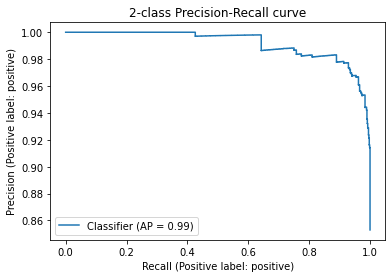
我们可以看到,这个分类器已经表现得非常好了。我们使用了相似性嵌入和最简单的标签名称。让我们尝试通过使用更具描述性的标签名称和搜索嵌入来改进它。
evaluate_embeddings_approach(labels=['An Amazon review with a negative sentiment.', 'An Amazon review with a positive sentiment.'])
precision recall f1-score support
negative 0.98 0.73 0.84 136
positive 0.96 1.00 0.98 789
accuracy 0.96 925
macro avg 0.97 0.86 0.91 925
weighted avg 0.96 0.96 0.96 925
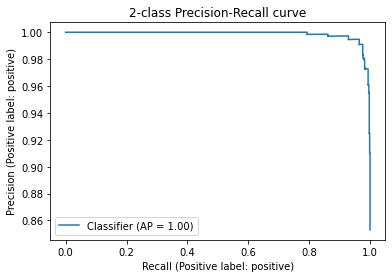
使用搜索嵌入和描述性名称可以进一步提高性能。
evaluate_embeddings_approach(labels=['An Amazon review with a negative sentiment.', 'An Amazon review with a positive sentiment.'])
precision recall f1-score support
negative 0.98 0.73 0.84 136
positive 0.96 1.00 0.98 789
accuracy 0.96 925
macro avg 0.97 0.86 0.91 925
weighted avg 0.96 0.96 0.96 925
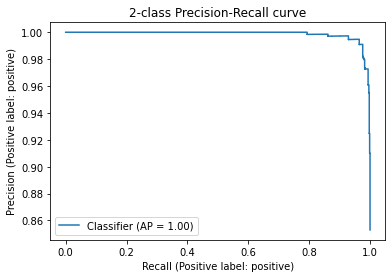
如上所示,使用嵌入进行零样本分类可以获得很好的结果,特别是当标签比简单的单词更具描述性时。

